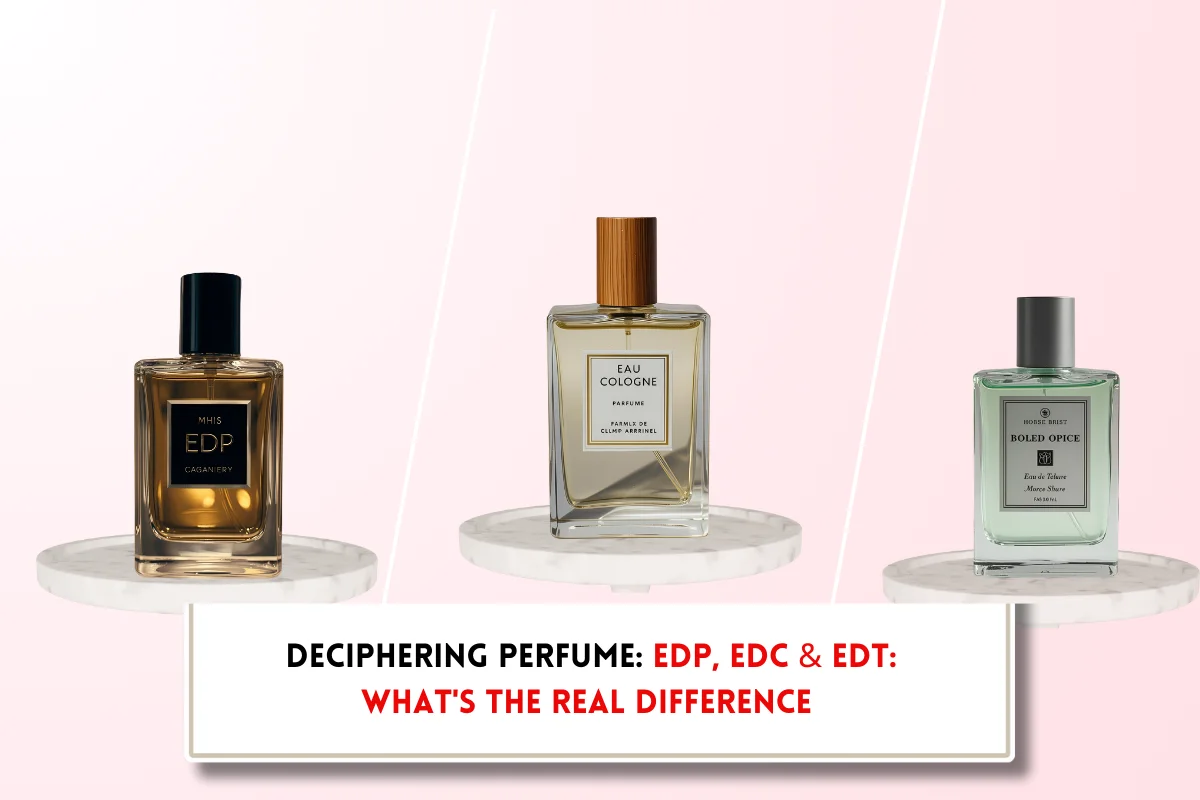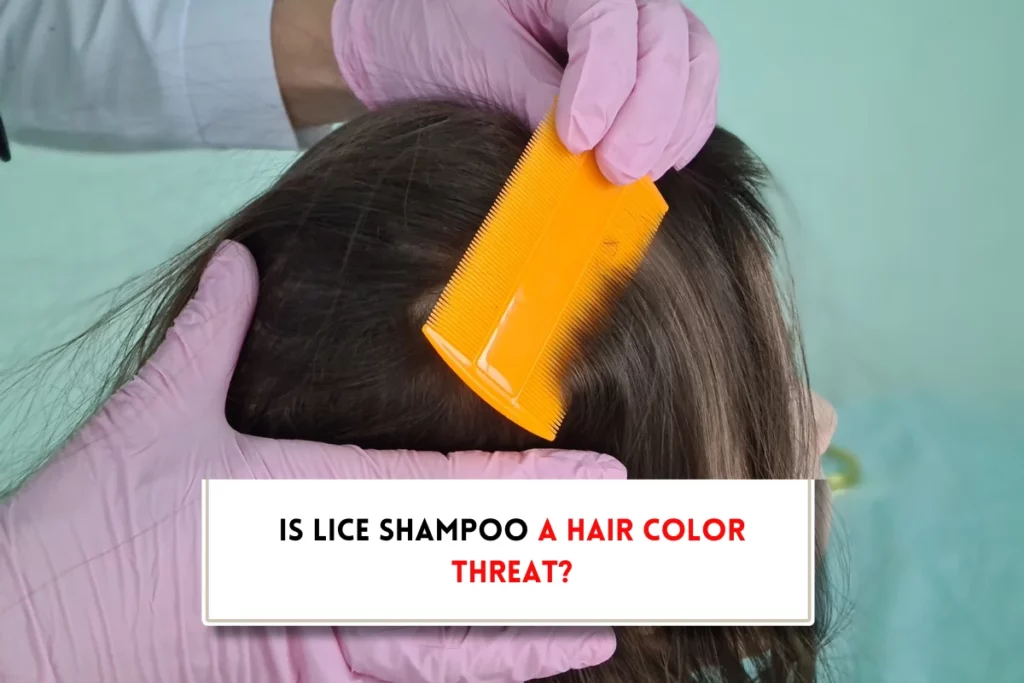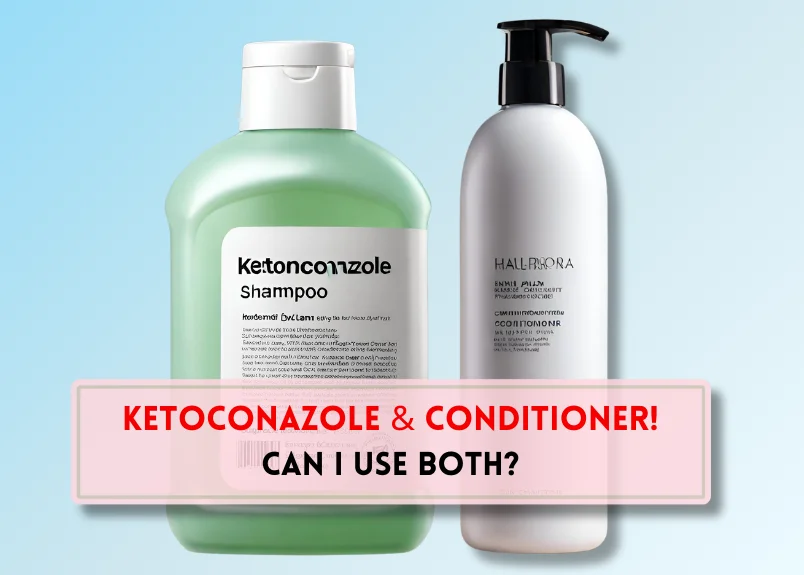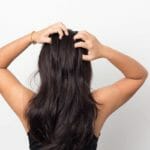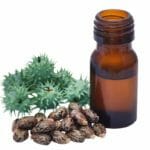Why is my hair always tangled even after brushing?
At BeautyCaters, our expert team independently curates every recommended product. Purchases through our links may earn us a commission. Explore our transparent selection process.
Does your hair seem like a tangled mess, even after regular brushing? Persistent hair tangling, even after consistent brushing, is both frustrating and time-consuming. But, why does this happen? “Why is my hair always tangled even after brushing?” Here is the answer to this common hair predicament and what you must do to tame those knots, and make hair more manageable.
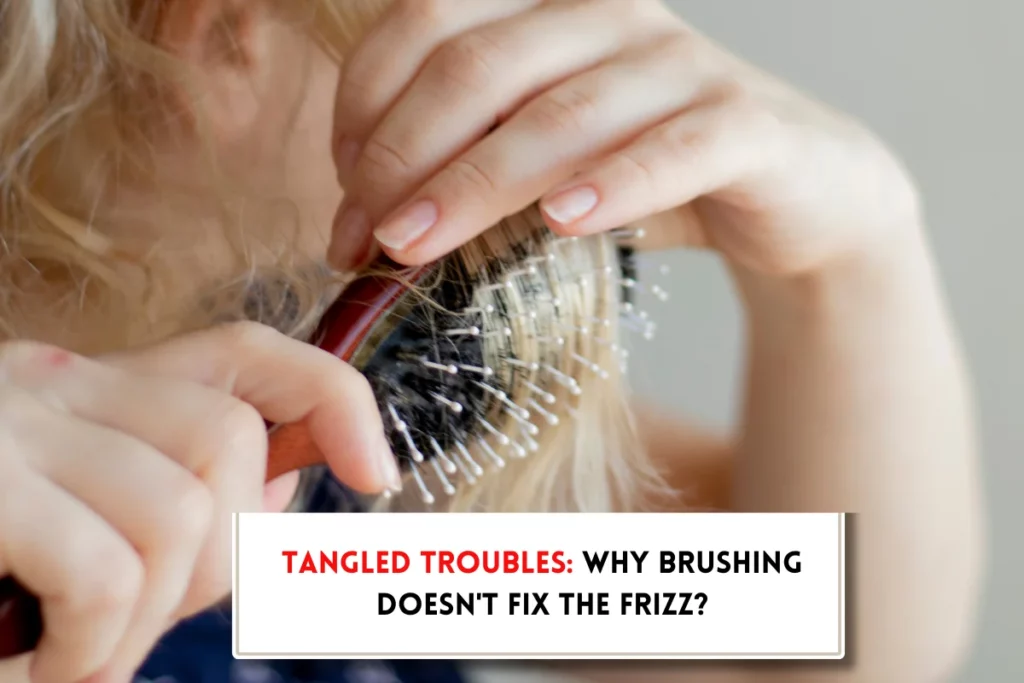
Why does my hair tangle?
Hair tangles occur when individual strands become intertwined or knotted together. This phenomenon is primarily caused by friction. When hair strands rub against each other, they can become entangled, especially if they are dry or damaged. The friction between strands can cause them to catch on each other and form knots. This is particularly true for hair that lacks moisture or has rough cuticles, as these factors can increase the likelihood of tangles.
Why is my hair always tangled even after brushing?
Tangled hair can be a real challenge, with every knot telling a story of texture, hair health, and even environmental factors. Before you can tackle those frustrating tangles, it’s important to understand what’s causes them-is it your hair type, damage, or external conditions? From dryness to improper care, several factors can contribute to your hair getting easily knotted. Let’s uncover the factors that contribute to tangled hair:
- Hair type: Curly, wavy, and textured hair types are more prone to tangling due to their natural shape. The coils and curves can easily intertwine with each other, creating knots.
- Damage: Heat styling, chemical treatments, and rough handling can weaken hair strands, making them more susceptible to knots. Damaged hair has rough cuticles that can catch on each other, leading to tangles.
- Static electricity: Static charge can cause hair strands to repel each other, leading to tangles. This can be particularly problematic in dry environments, such as during the winter.
- Lack of slip: Healthy hair has a natural “slip” that allows strands to glide past each other easily. Damaged hair may lack this slip, making it more prone to tangling. When hair is damaged, the cuticles become rough and can catch on each other, leading to knots.
- Dryness: Dry hair lacks the moisture needed to maintain elasticity and prevent friction between strands. When hair is dry, it becomes brittle and prone to breakage, which can contribute to tangles.
- Environmental factors: Wind, humidity, and pollution can contribute to tangled hair. Wind can whip hair into knots, while humidity can cause hair to swell and become sticky. Pollution can also damage hair and make it more prone to tangling.
- Hairstyles: Tight hairstyles like braids and ponytails can stress the hair and cause knots over time. When hair is pulled tightly, it can become more fragile and break, leading to tangles.
What are the effective solutions for tangle-free hair?
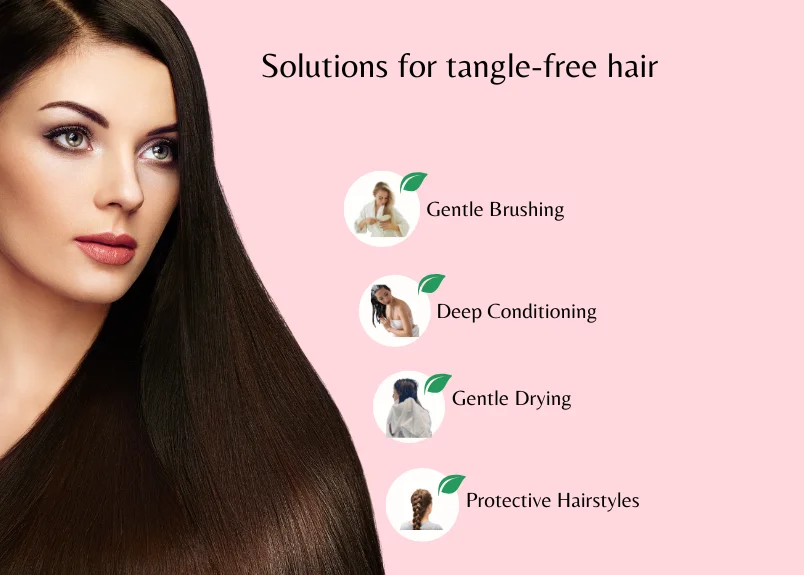
- Gentle Brushing: Use a wide-tooth comb or a brush with soft bristles to detangle hair gently, starting from the ends and working your way up. This will help to prevent breakage and minimize damage.
- Deep Conditioning: Regular deep conditioning treatments can help moisturize and strengthen hair, reducing the likelihood of tangles. Deep conditioners can penetrate the hair shaft and provide essential nutrients that help to improve hair health.
- Protective Hairstyles: Consider wearing protective hairstyles like braids or twists at night to minimize friction and prevent tangles. These hairstyles can also help to keep hair hydrated and prevent breakage.
- Avoid Harsh Chemicals: Limit the use of harsh hair products that can strip hair of natural oils and moisture. These products can damage hair and make it more prone to tangling.
- Gentle Drying: Allow hair to air dry whenever possible, or use a diffuser on a low heat setting to minimize damage. Heat styling can dry out hair and make it more brittle, which can contribute to tangles.
How to detangle hair? A step-by-step guide
Detangling hair can be a challenging task, but with the right approach, it can be done effectively and painlessly. Here’s a step-by-step guide to help you detangle your hair:
- Section your hair: Divide your hair into smaller sections to make it easier to manage and detangle. This will help prevent tangles from becoming more complex and reduce the risk of damage.
- Apply leave-in conditioner or detangler: A leave-in conditioner or detangler can help lubricate the hair, making it easier to comb through and prevent breakage.
- Start with your fingers: Use your fingers to gently detangle your hair, starting from the ends and working your way up. This can help prevent breakage and reduce tension on the hair.
- Use a wide-tooth comb: A wide-tooth comb is less likely to cause breakage than a fine-tooth comb. Start from the ends and gradually work your way up to detangle the hair.
- Comb through detangled hair: Once your hair is detangled, comb through it a few times to ensure it remains smooth and tangle-free.
Also Read: How often should you brush your hair?
How to prevent hair tangles?
Tangled hair can be a frustrating obstacle in your hair care routine. However, with the right strategies and products, you can significantly reduce tangles and enjoy smoother, more manageable locks. Here are the 9 key tips to keep hair tangle-free:
- Choose the right products: Opt for gentle shampoos and conditioners that nourish your hair without stripping its natural oils. Consider using a leave-in conditioner for added hydration and detangling benefits.
- Detangle with care: Always detangle your hair when it’s damp, starting from the ends and working your way up. Use a wide-tooth comb or a brush with soft bristles to minimize breakage.
- Deep condition regularly: A weekly deep conditioning treatment can help restore moisture and elasticity to your hair, reducing tangles and promoting healthy growth.
- Protect your hair: Use a silk pillowcase to minimize friction and prevent overnight tangles. If you have long or curly hair, consider loosely braiding it before bed.
- Minimize heat styling: Excessive heat styling can dry out and damage your hair, making it more prone to tangles. When using heat styling tools, always apply a heat protectant.
- Regular trims: Regular trims can help remove split ends, which can contribute to tangles. A healthy hair cut can also improve your hair’s overall appearance and manageability.
- Hydrate your hair: Ensure your hair is well-hydrated by drinking plenty of water and using hydrating hair products.
- Avoid harsh chemicals: Limit the use of harsh hair products that can strip your hair of natural oils and moisture.
- Be gentle: Treat your hair with care, avoiding excessive brushing or pulling.
With these tips and the right products into your routine, you can significantly reduce hair tangles and enjoy smoother, healthier hair.
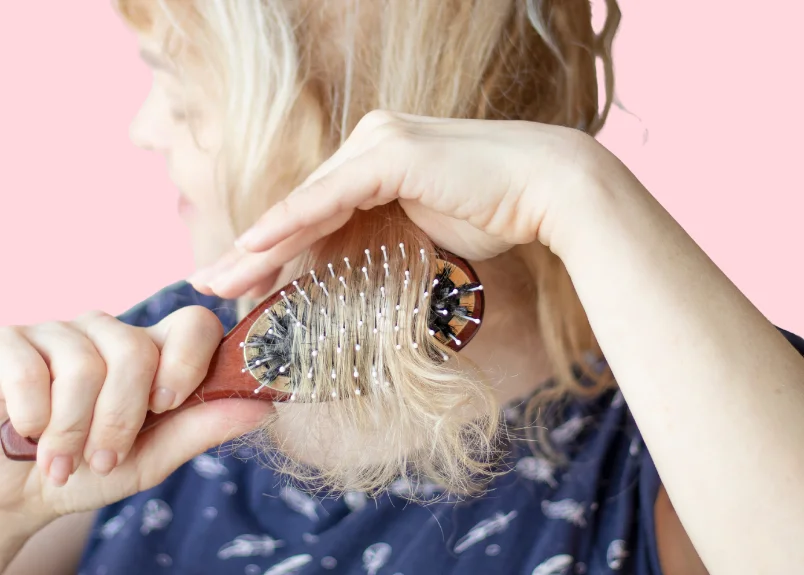
Final Word
To wrap it up, persistent tangles can be caused by a variety of factors, from your hair type to your daily habits. If you’re dealing with knots even after brushing, it might be time to rethink your routine. Hydration, proper detangling techniques, and gentle care are essential for keeping your hair smooth and tangle-free. With a little extra attention, you can finally enjoy manageable, healthy hair that won’t leave you battling knots every day.


